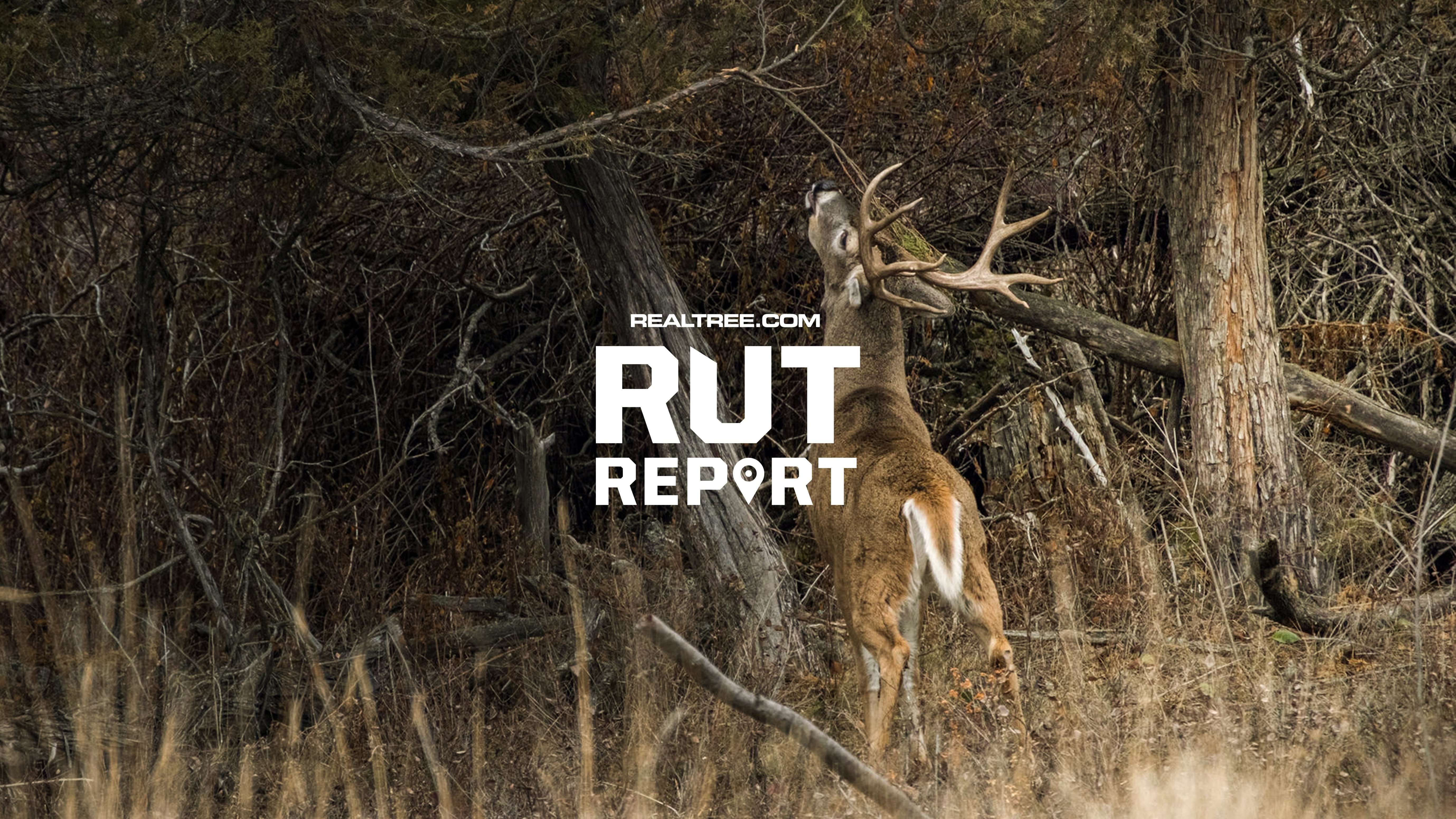Did You Know About These Things?
I'm always looking for something to give me that edge on a whitetail. And while there are loads of products out there that have dramatically increased our proficiency — Realtree camouflage to name one — there is no greater weapon than knowledge. Not one.
And that's where the facts come into play. Countless studies and research have been conducted over the years to help us better understand the most loved big game animal in North America. The following 15 things certainly have the potential to change the way we hunt, if we heed the advice and appropriately apply the knowledge.
Fact No. 1
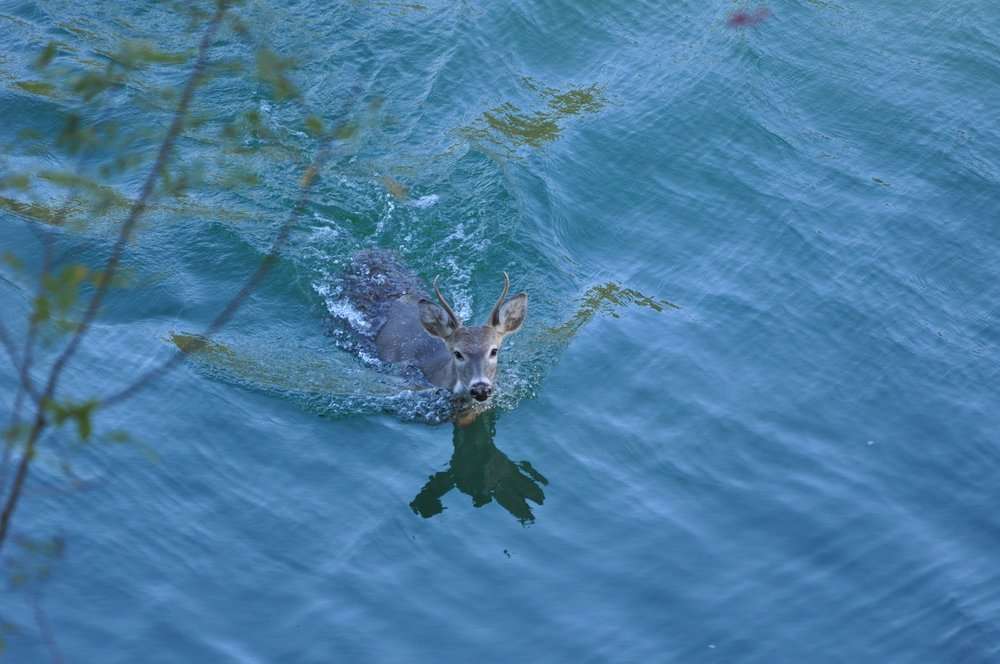
Deer can swim at up to speeds of 15 miles per hour. They can run up to speeds of 35 to 40 miles per hour. And they can jump up to 6 to 8 feet high.
Don't Miss: 15 Facts That Will Change How You Deer Hunt
Photo credit: Shutterstock / Melissa Grisham
Fact No. 2
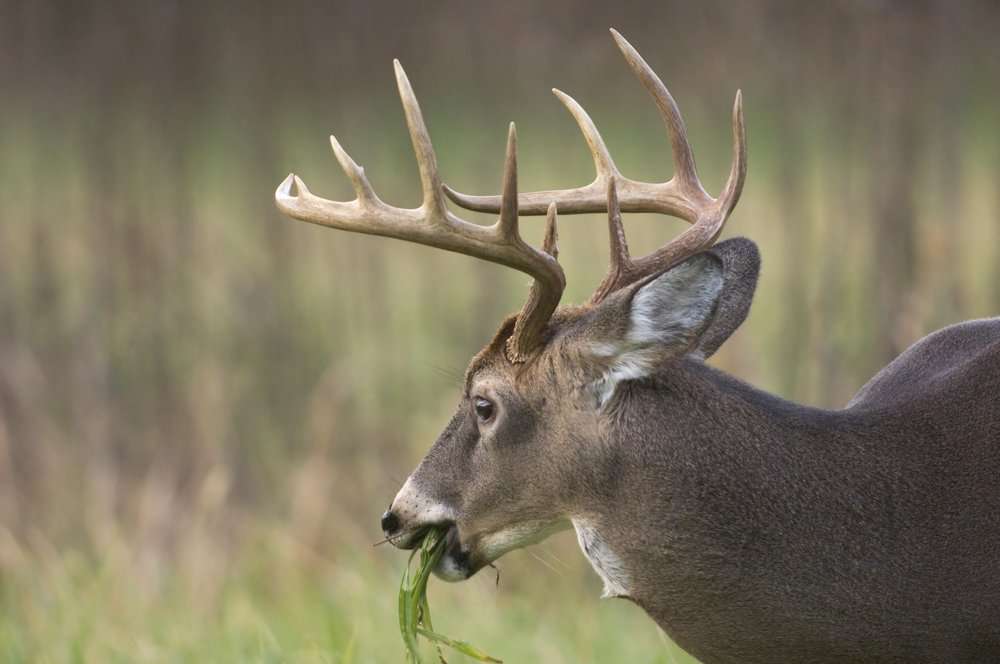
Whitetails are ruminants, meaning they have a four-chambered stomach, and have been known to eat upward of 625 to 650 different plant species.
Don't Miss: What Deer Eat: A Seasonal Guide to Nutrition
Photo credit: Shutterstock / Tony Campbell
Fact No. 3
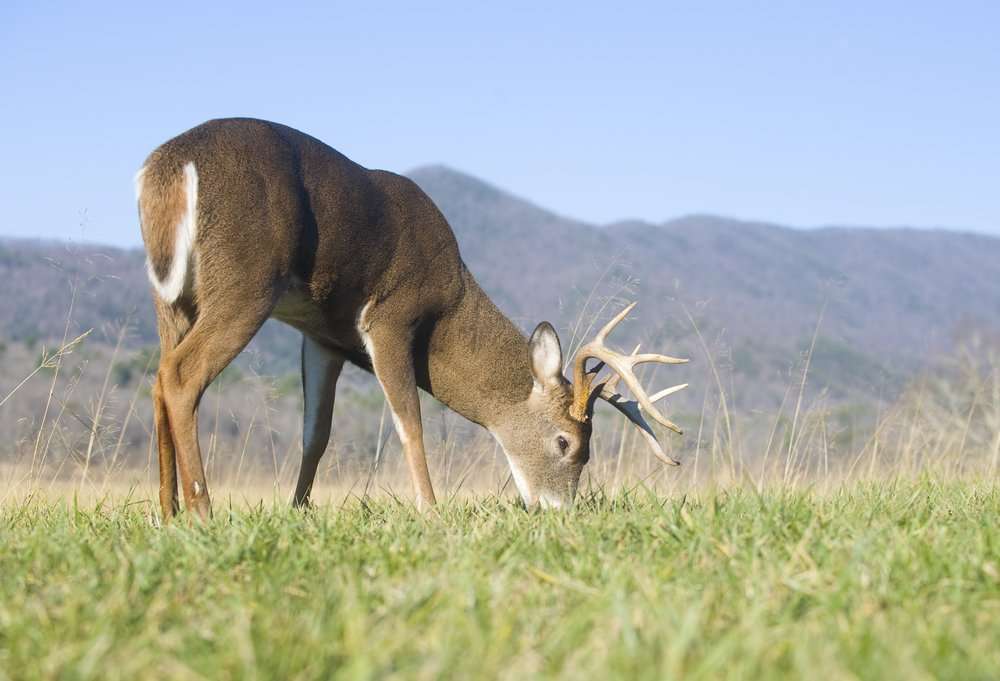
Deer will generally feed five times in a 24-hour period. The amount of food consumed is based on body weight, available resources, weather, temperature, etc. That said, they need to eat about 7 to 8 pounds of food per 100 pounds of body weight per day in order to maintain good health throughout the fall and winter. Essentially, a 200-pound buck would need to eat 14 to 16 pounds of food per day to accomplish this.
Don't Miss: 10 Feeding Habits of Mature Deer
Photo credit: Shutterstock / Tony Campbell
Fact No. 4
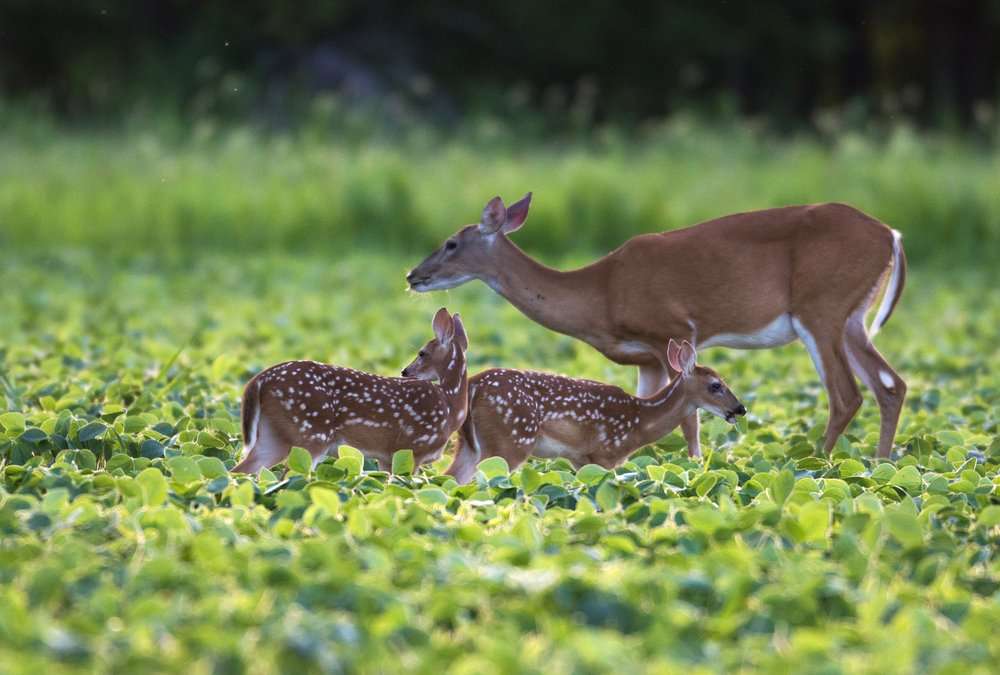
The gestation period for a whitetail is 200 days. A whitetail doe will only have one fawn the first time she breeds, especially if breeding as a 7- to 8-month-old fawn. After that, she will give birth to either two or three fawns. It is possible for "twin" or "triplet" whitetail fawns born from the same doe to be sired by different bucks.
Don't Miss: 8 Myths About White-Tailed Deer Fawns
Photo credit: Shutterstock / Tony Campbell
Fact No. 5
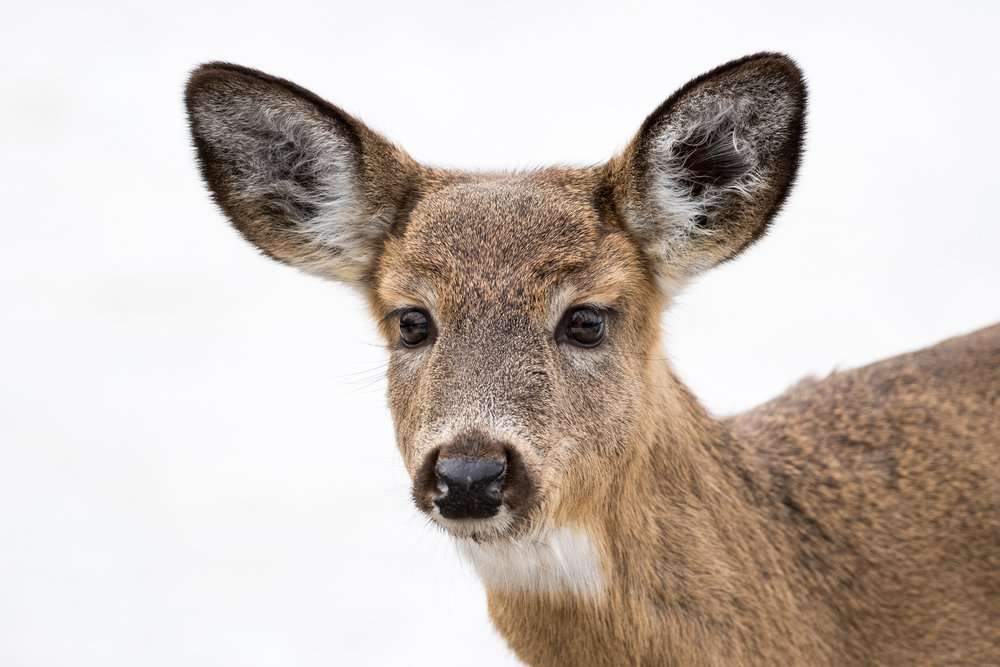
A whitetail's vision is dichromatic, meaning they see in shades of blue and yellow. The can't see reds and oranges. They are approximately 20 to 25 times more sensitive to the color blue than a human is. Plus, they have a 310-degree field of vision. Translation — don't wear blue jeans to the deer woods.
Don't Miss: 5 Things You Don't Know About Deer Senses
Photo credit: Shutterstock / RTI photo
Fact No. 6
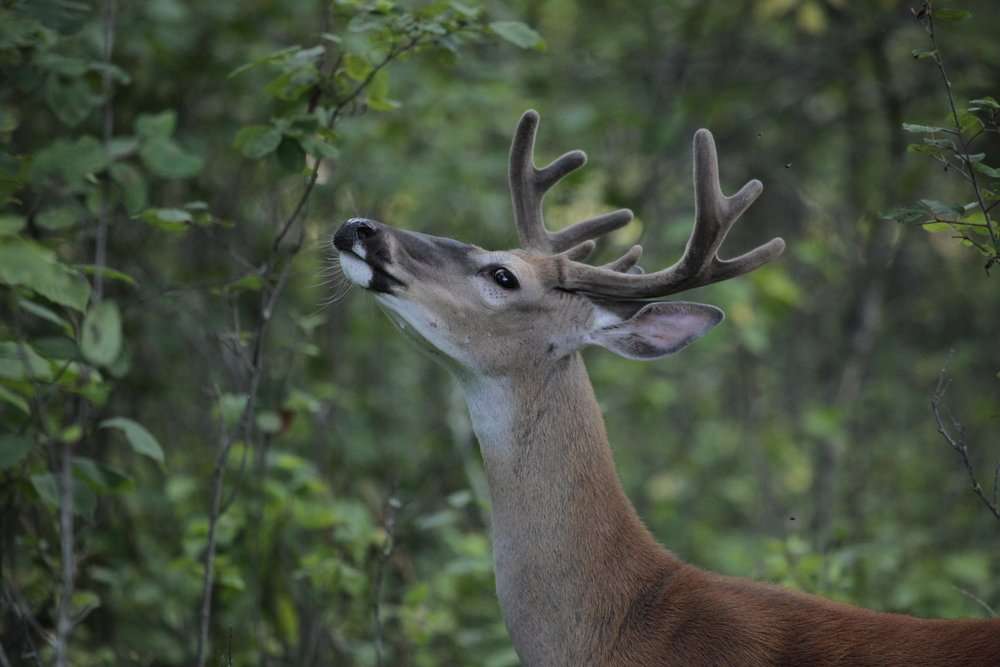
Humans have about 5 million olfactory cells. Dogs have approximately 220 million. Whitetails have an astonishing 297 million. That's 77 million more cells than the average dog. No wonder whitetails pick off hunters the way they do.
Don't Miss: Things to Know About a Deer's Sense of Smell
Photo credit: Shutterstock / Mike Rogal
Fact No. 7

White-tailed deer have their own personalities. No two are exactly alike and they certainly aren't a cookie-cutter species when it comes to animal behavior. Deer have different food preferences, move more or less during daylight, and even exhibit different levels of tolerance to human intrusion during the hunting season.
Don't Miss: The Science of Killing Big Bucks
Photo credit: Shutterstock / Ray Hennessy
Fact No. 8
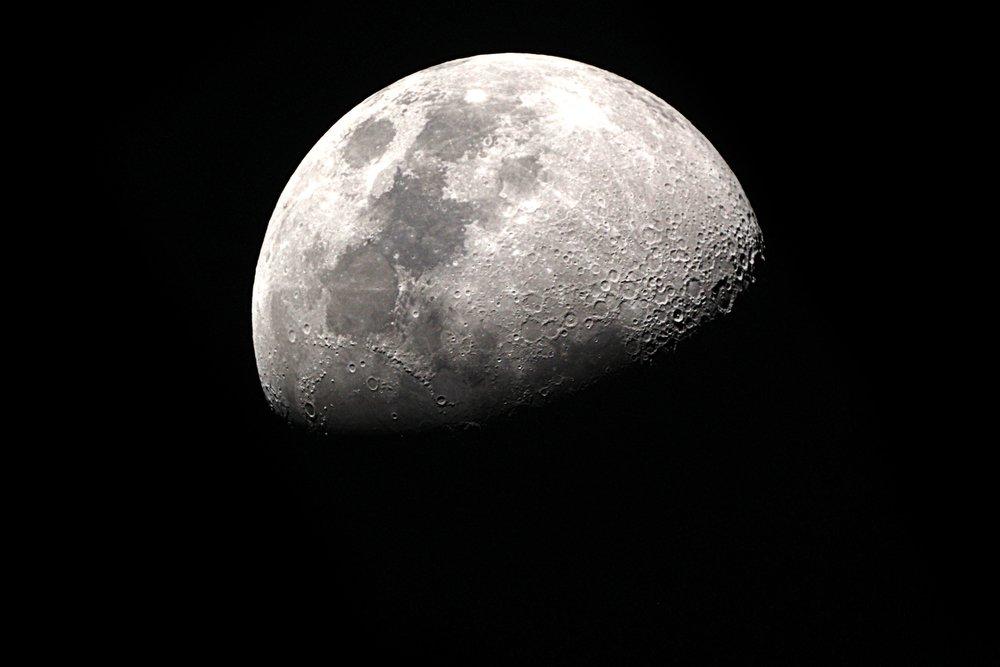
Studies show that moon phase, high winds and other common myths don't truly affect deer movement. Deer move most at dawn and dusk.
Don't Miss: 15 Deer Hunting Myths Even Experienced Hunters Believe
Photo credit: Shutterstock / Taff Pixture
Fact No. 9
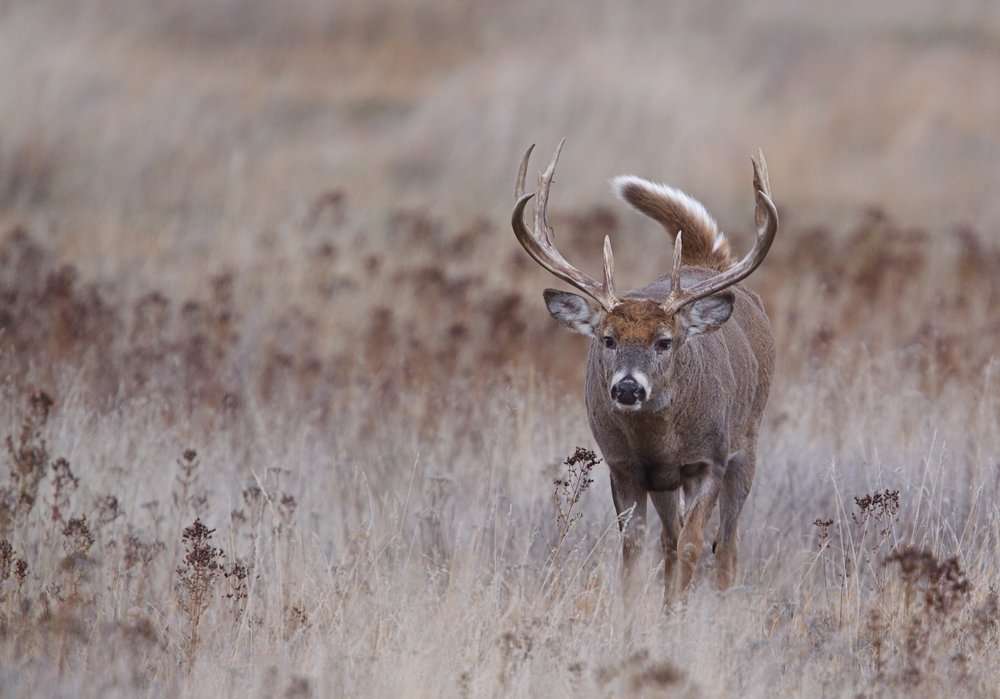
The tail on a whitetail isn't just used as a signal for danger. It's also used for other everyday messages and signals, too.
Don't Miss: 20 Things to Know About Deer Body Language and Behavior
Photo credit: Shutterstock / Tom Reichner
Fact No. 10
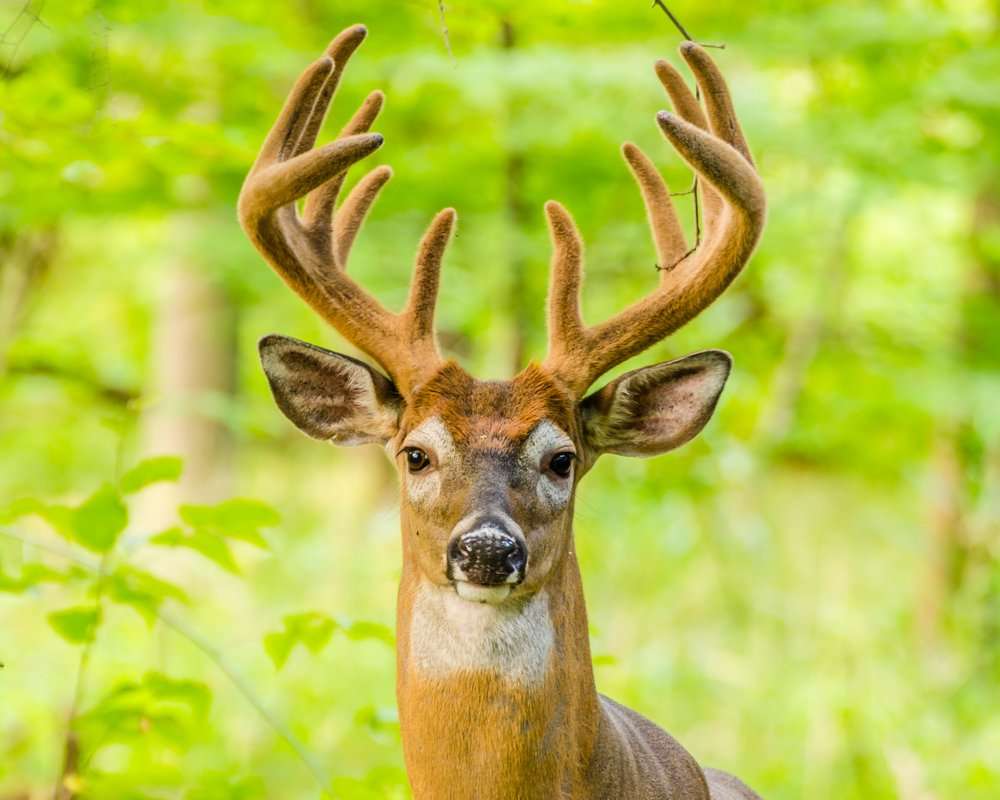
The velvet-growing process isn't a gradual one. In fact, there might be days where antlers don't grow at all. Most of the rack is grown in spurts. It isn't uncommon for deer to put on a lot of growth in a single day. Antlers are the fastest-growing known bone tissue on earth. The three biggest factors in growing big antlers are age, nutrition and genetics.
Don't Miss: How to Kill a Velvet Buck
Photo credit: Shutterstock / Bruce MacQueen
Fact No. 11
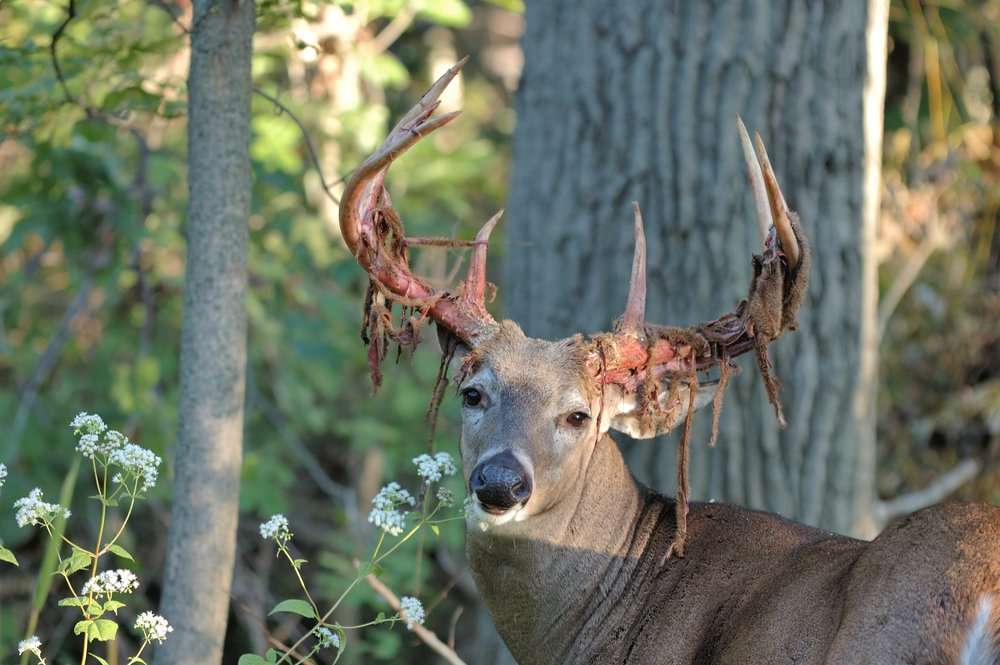
The shedding of velvet occurs after the antlers harden. In the fall, testosterone levels begin to rise, which triggers the calcification process.
Don't Miss: The Life of a Mature Deer and What It Means for Deer Hunting
Photo credit: Shutterstock / Bruce MacQueen
Fact No. 12

Whitetail bucks have numerous glands on their body that aid in communication and identification. The eight known glands include the forehead, preorbital, nasal, salivary, tarsal, metatarsal, interdigital and preputial glands.
Don't Miss: The Deer Hunter's Guide to Whitetail Glands
Photo credit: Ryan Orndorff
Fact No. 13
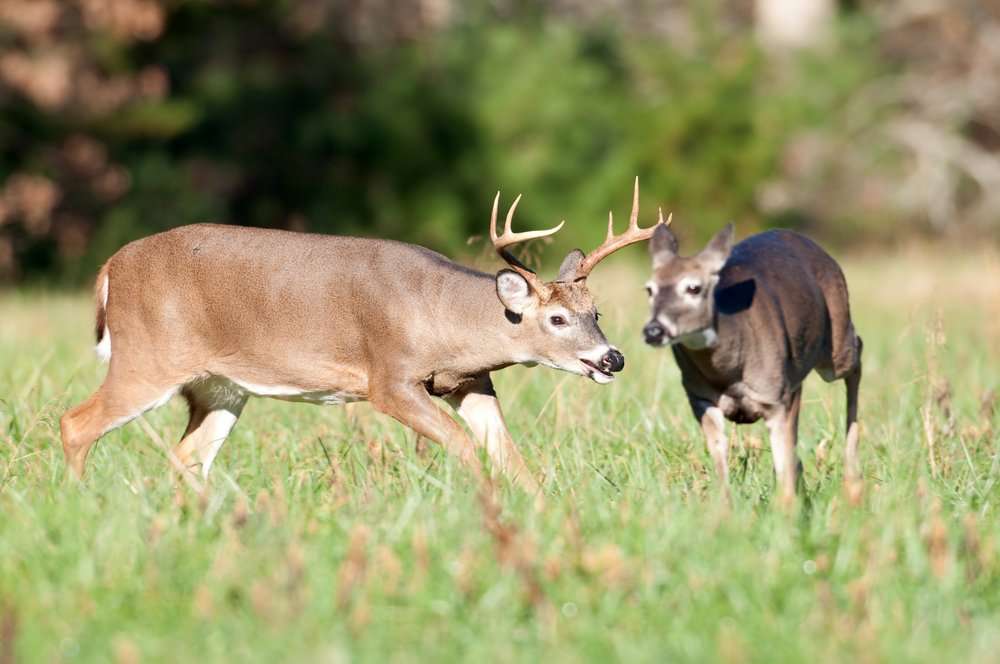
Bucks can lose up to 25 to 30 percent of their body weight during the rut. The rigors that come with the breeding season are hard on a male whitetail. Some even die due to the tolls it takes on their bodies.
Don't Miss: 7 Habits of Mature Rutting Bucks
Photo credit: Shutterstock / Tony Campbell
Fact No. 14
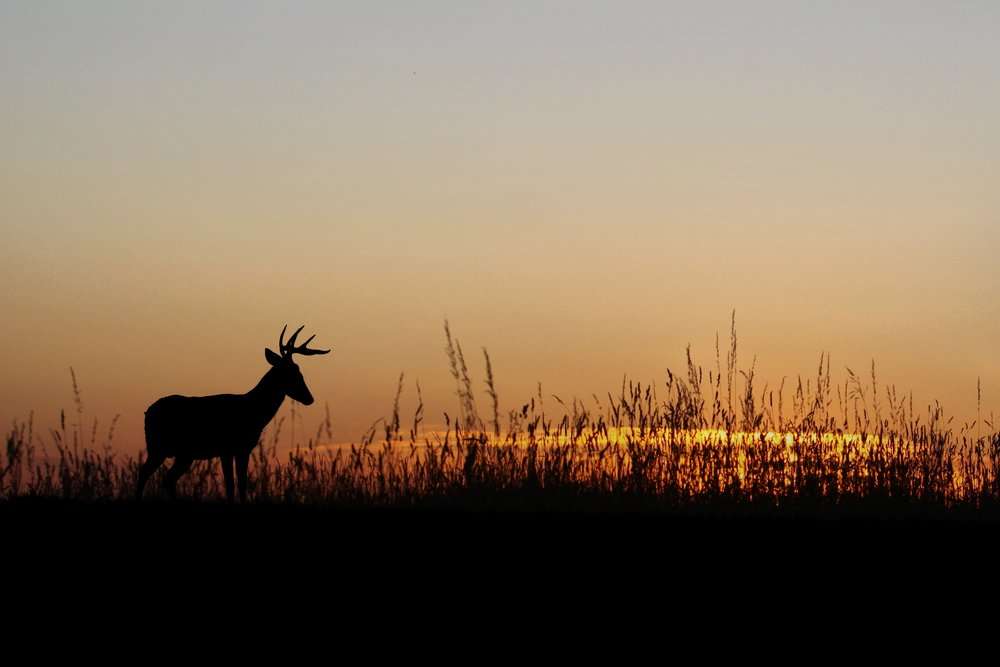
Photoperiod (daylight length) is the primary trigger for the rut. The rut is more pronounced and synchronized when buck-to-doe ratios are closer to 1:1. Does remain in estrus for 24 to 48 hours. Those not bred will cycle into heat again 28 days later. Doe fawns won't breed until they reach a certain weight threshold. That's typically around 70 to 80 pounds in most states.
Don't Miss: 10 Facts About the Whitetail Rut
Photo credit: Shutterstock / Monte Loomis
Fact No. 15
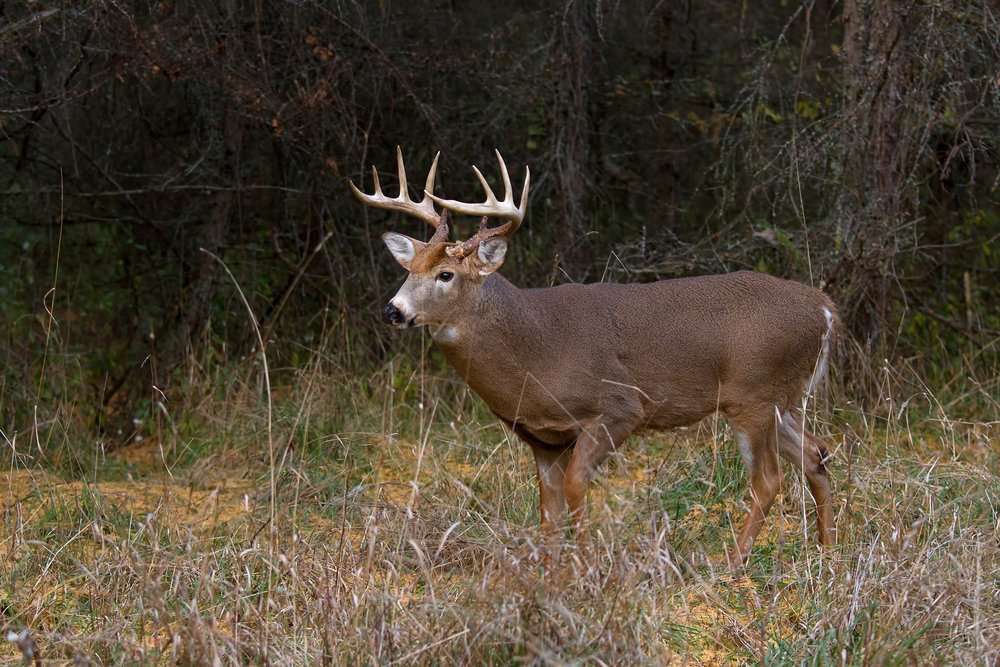
A white-tailed buck's skeletal frame finishes developing at 4½ years of age. That's why — most times — a buck's antler potential is expressed afterward, generally between the age of 5½ and 7½. This is due to more nutrients and resources being available to go toward antler development.
Don't Miss: The Life of a Mature Deer and What It Means for Deer Hunting
Photo credit: Shutterstock / Jim Cumming
Are you a deer hunter wanting to learn how to accomplish your goals? Check out our stories, videos and hard-hitting how-to's on deer hunting.






